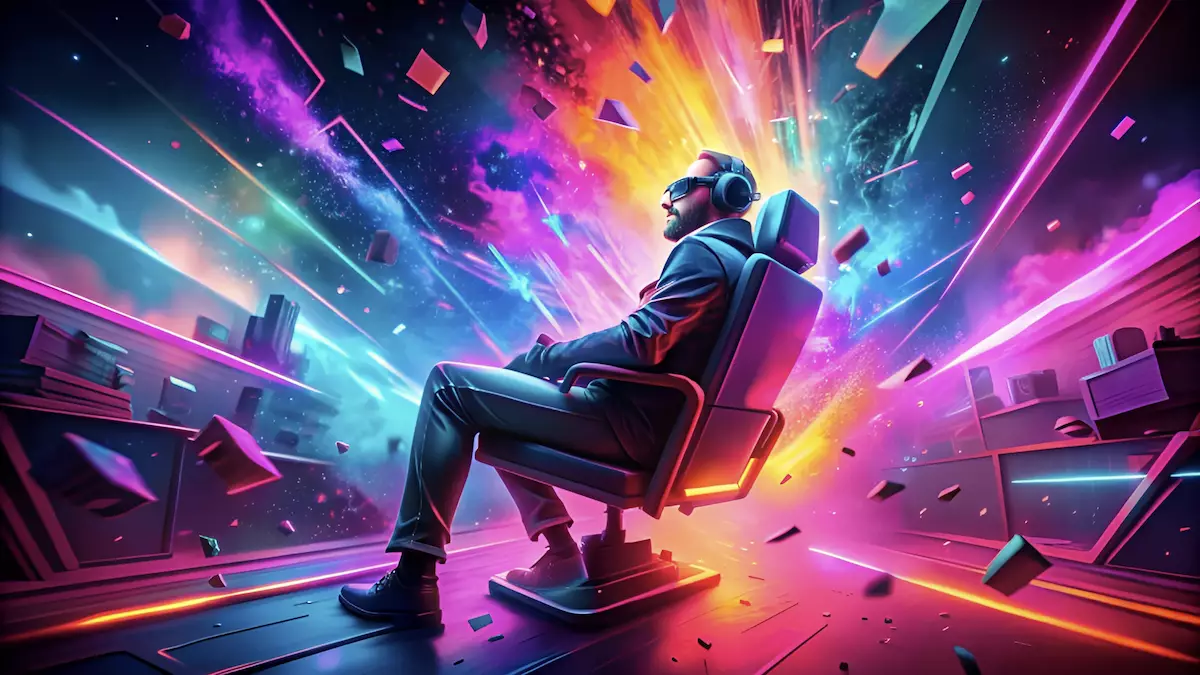The world of gaming is undergoing a profound transformation, largely driven by the advent of blockchain technology and its underlying framework, Web3. As we approach the end of 2024, a number of tokens are emerging as vital players within this sector, proving essential for the development of decentralized gaming ecosystems. These tokens serve various purposes, from facilitating in-game economies to enabling governance mechanisms that empower players. This article delves into the current landscape of Web3 gaming tokens, showcasing key players and the trends that are shaping this vibrant market.
Blockchain Games and Digital Asset Ownership
In the traditional gaming industry, players often find themselves in a transactional environment where their investment of time and money does not confer any ownership of the digital assets they acquire. However, blockchain technology is redefining this paradigm by granting players true ownership of their in-game assets through the use of tokens. As a result, the concept of playing to earn has become a central theme, attracting a growing number of gamers interested in both entertainment and the potential for financial gain.
The use of tokens like Floki Inu, for example, highlights how players can not only engage in gameplay but also earn valuable rewards through their efforts. In the Valhalla metaverse, FLOKI tokens enable players to participate in battles, complete missions, and acquire essential items such as weapons and NFTs. This ecosystem reflects a significant shift in how players perceive the value of their in-game participation, allowing them to exert influence over future developments in the game through governance features that are currently in the works.
Another notable player in the Web3 gaming domain is Immutable X, which addresses Ethereum’s longstanding scalability issues. Built on zk-rollups, Immutable X facilitates zero-gas minting and trading of NFTs, making it an attractive option for developers of blockchain-based games. The platform has thus far captured the interest of popular titles like Gods Unchained and Guild of Guardians, as well as fostering a rapidly growing ecosystem.
Additionally, Gala Games further illustrates the significance of tokenization within the gaming industry. With the recent announcement of its new token, $TREZ, and a user base exceeding 3 million for its tap-for-rewards games on Telegram, Gala is carving a niche that embraces governance and ownership, ensuring players are actively involved in the ecosystem’s decision-making processes. As players become not just participants but also stakeholders, the model for game development and monetization is evolving remarkably.
Emerging platforms like XAI represent yet another facet of the Web3 gaming innovation landscape. With its Layer-3 blockchain built on Arbitrum technology, XAI integrates the security of Ethereum and the scalability of Layer-2 solutions while adding specialized layers for gaming. The potential for high performance combined with security is particularly relevant as the gaming audience seeks immersive experiences without compromising their data integrity.
Meanwhile, Notcoin is capturing attention for its successful play-to-earn model within The Open Network (TON) ecosystem. Its ease of access, being integrated with Telegram, appeals to gamers who are looking for straightforward ways to earn rewards while engaging in gameplay. As Notcoin shows signs of recovery and growth, its popularity is rapidly expanding, potentially positioning it as a significant player in the GameFi sector.
Navigating the Future of Web3 Gaming Tokens: Opportunities and Risks
As we observe the developments in Web3 gaming tokens, it’s clear that innovation is incredibly fast-paced. Tokens such as FLOKI, IMX, GALA, and XAI embody the continuum of change: from enhancing player experience to enabling governance, these digital assets are shaping the future of gaming. However, potential investors must remain vigilant, as the volatility of the market could lead to significant fluctuations in token value.
It’s recommended that individuals conduct thorough research before investing in this dynamic landscape. Understanding the utility, community support, and technological backbone of these tokens is key to making informed decisions. The short-term and long-term trajectories of these assets will depend on how well they can adapt to the rapidly evolving needs of gamers and the continuously shifting blockchain environment.
The rise of Web3 gaming tokens is heralding a new era where digital assets and player participation are intertwined more closely than ever before. As we move further into the future, the potential for growth in this sector is immense, catalyzing both innovation and community engagement. By capitalizing on these developments, we may witness the birth of an entirely new approach to gaming—one that embraces ownership, rewards participation, and democratically involves players in governance. The coming years will be critical in determining how these tokens reshape the landscape of digital gameplay and the way it is monetized.

